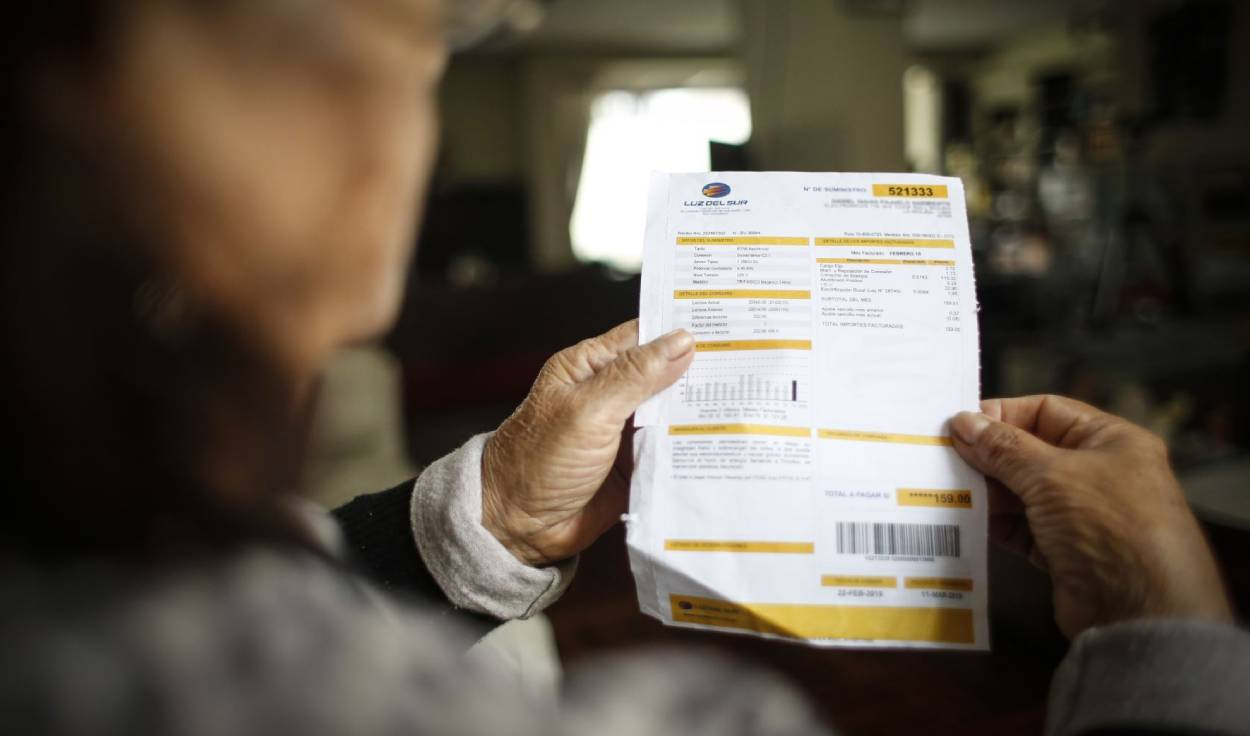
He Supervisory Body for Investment in Energy and Mining (Osinergmin) has announced that, after a meticulous monthly review, the electricity rates of the National Interconnected Electric System (SEIN) will see a decrease from February 4. This measure adjusts costs and can be a small relief to the financial burden of millions of Peruvians.
The tariff structure, made up of the costs of generating, transmitting and distributing electricity, has been the subject of scrutiny that has culminated in the decision to also apply a reduction in the isolated electrical systems. Behind these figures lies a policy of constant review by Osinergmin, which adjusts rates based on key economic indicators. Below, we explain the percentage reductions in electricity rates.
By how much will the electricity rate be reduced?
The tariff adjustment announced by Osinergmin introduces a decrease average of 1.04% in the electricity rate for SEIN home users. For its part, for commercial and industrial users, the reduction is even more significant: it reaches 1.34%.
In contrast, users of isolated electrical systems will experience a more pronounced reduction, with reductions of -4.38% and -5.34% for residential and commercial/industrial, respectively. These figures are the result of a rigorous verification process that takes into account factors such as the wholesale price index (WPI), the exchange rate, natural gas prices, among others.
What is the reason for the decrease in electricity bills?
The rate reduction is based on several key pillars: the approval of prices at the generation level in the SEIN, the result of the quarterly settlement of the compensation mechanism between regulated users; the quarterly update of additional charges to ensure supply in contingency cases; and the review of the fixed charge and the added value of distribution. These measures reflect Osinergmin’s commitment to ensuring that electricity prices remain in line with real costs and market conditions.
How to save electricity?
Faced with the constant concern about energy savings, Osinergmin suggests daily practices that can significantly contribute to reducing electricity consumption:
- Opt for LED lighting, recognized for its energy efficiency.
- Use the thermos only when necessary, to do so, set the thermostat between 45 and 50 degrees Celsius.
- Prefer drying clothes outdoors and ironing multiple items in a single session.
- Avoid putting hot foods in the refrigerator, which increases electricity consumption.
- Disconnect unused electrical appliances, which can represent between 5% and 10% of total consumption.
- Carry out periodic maintenance of internal installations to detect possible electrical leaks.
- Select appliances and devices with energy efficiency labels A, B, or C.
This set of recommendations not only contributes to the efficient management of electricity consumption in homes and companies, but also promotes environmental awareness among consumers.
Source: Larepublica
Alia is a professional author and journalist, working at 247 news agency. She writes on various topics from economy news to general interest pieces, providing readers with relevant and informative content. With years of experience, she brings a unique perspective and in-depth analysis to her work.












